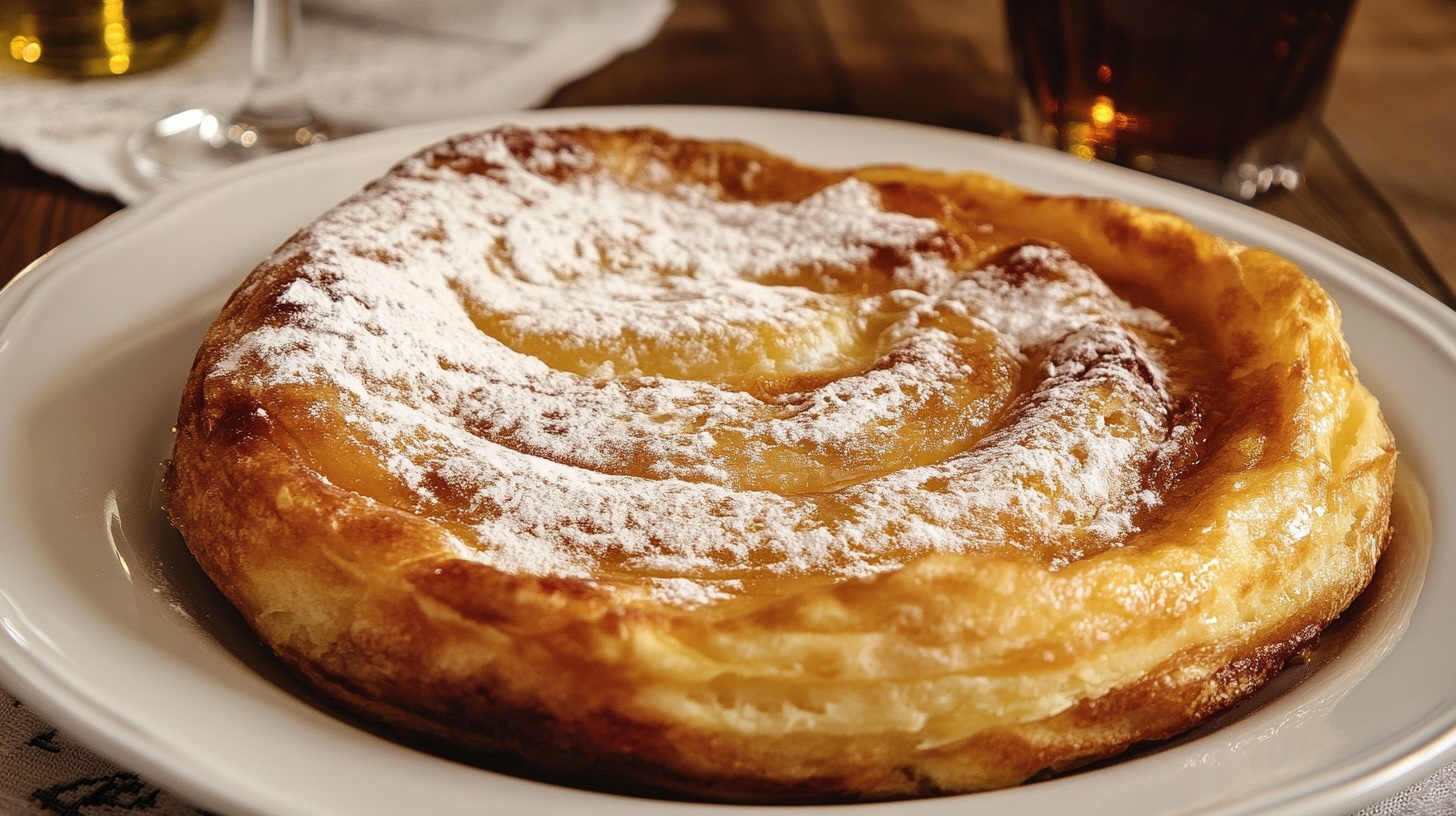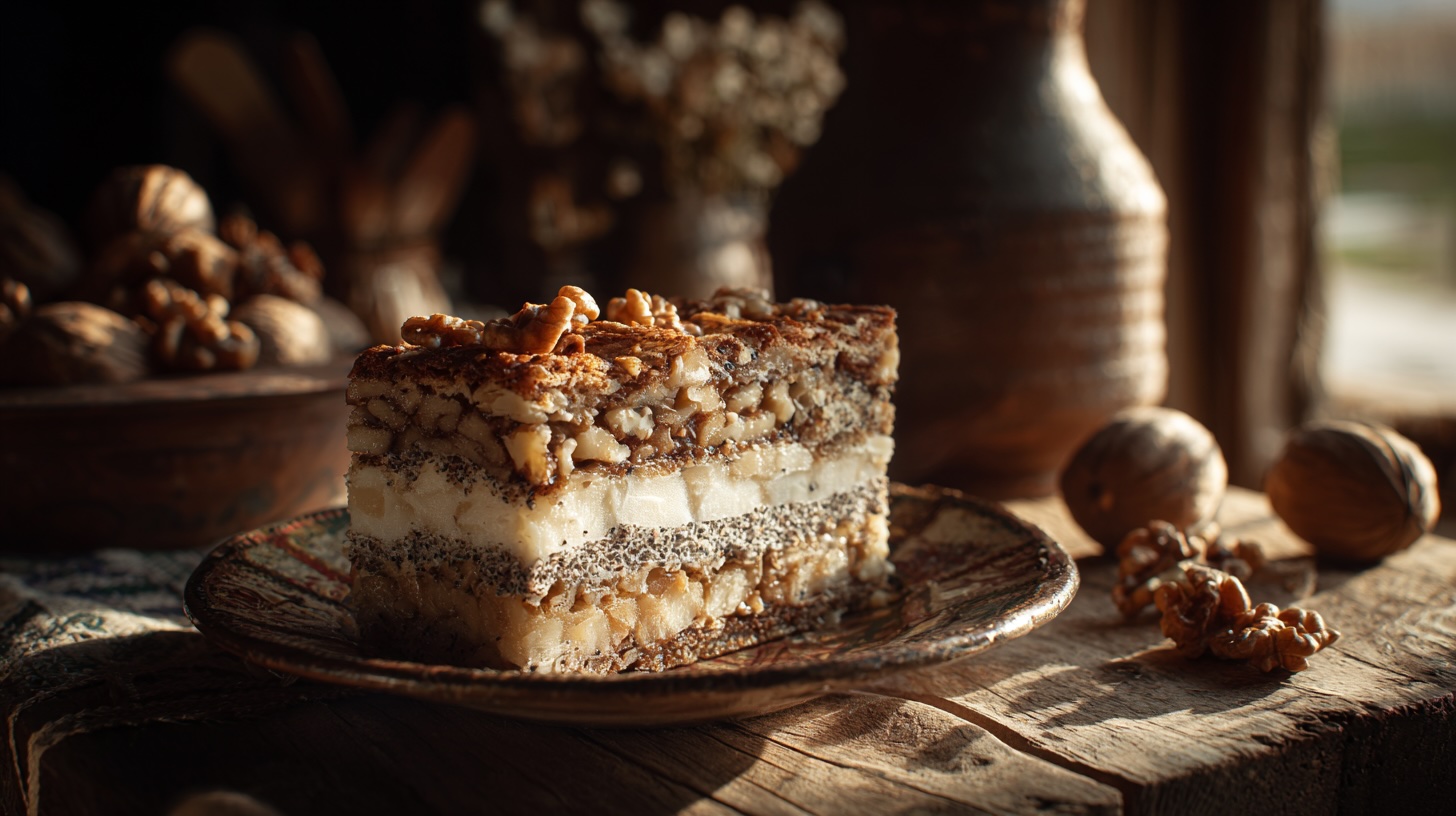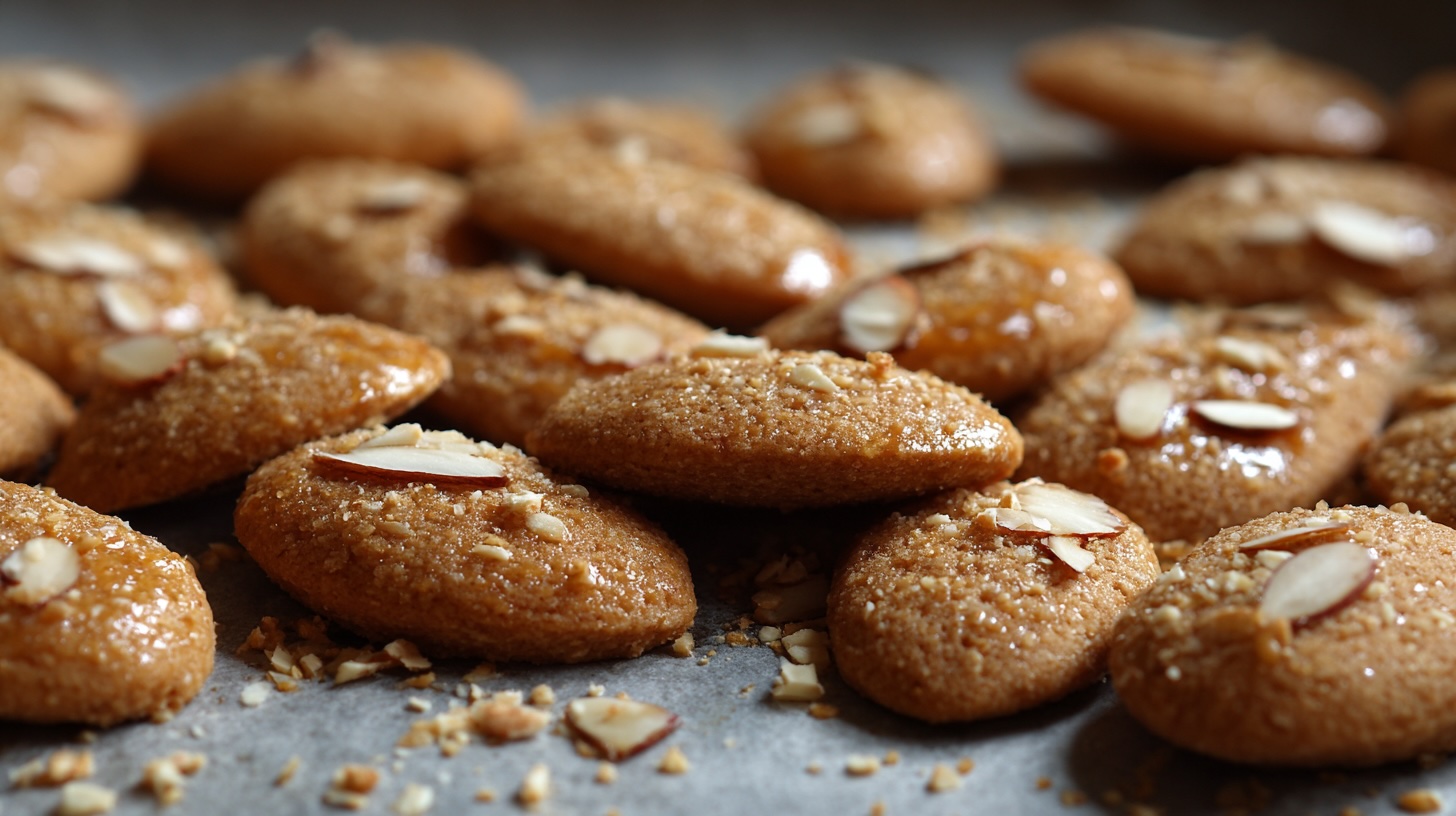Ensaimada: The Sweet, Spiralled Legacy of the Balearic Islands
Born in Mallorca, Raised by the World
Ensaimada is the kind of pastry that makes you wonder why all food isn’t just swirly and sugar-dusted. Originating in Mallorca, Spain, this buttery, flaky, coiled delight has been twisting its way into hearts (and stomachs) for centuries. Some say it dates back to the 17th century, others claim it was influenced by Moorish or Jewish traditions even earlier. Whatever the case, one thing is certain—someone, somewhere, decided that pastry needed more lard, and humanity has been better for it ever since.
This pastry isn’t just an everyday snack; it’s a symbol of celebration, often given as a gift or enjoyed during festivals. In Mallorca, ensaimada is almost sacred, found in bakeries of all sizes, ranging from small, family-run establishments to grand patisseries that have mastered the art of the perfect swirl. Over the centuries, the pastry has travelled across the world, taking on local variations while still maintaining its signature spiral.
Beyond Mallorca, ensaimada is cherished in many parts of Spain, particularly in Catalonia, Valencia, and Madrid, where bakeries have their own take on the traditional recipe. It has also gained a reputation as a must-try pastry for tourists, often sold in large, decorative boxes designed for easy transport, allowing visitors to take a little piece of Mallorca home with them.
Ensaimada, but Make it Regional
Mallorca may be the motherland of ensaimada, but it has many delicious cousins. The Philippines took it and ran with it, swapping lard for butter and giving it a more brioche-like fluffiness. Argentina and Puerto Rico got in on the action too, adding their own tweaks. Back in Spain, Mallorca has several varieties, from the plain, sugar-dusted original to fillings like pumpkin strands (cabello de ángel), chocolate, or sobrasada (a cured sausage, because why not?).
The Filipino version, often enjoyed as a breakfast treat, is usually topped with cheese and sugar, bringing a delightful mix of sweet and savoury. Some versions incorporate ube (purple yam) or even custard fillings, adding an extra level of indulgence. Meanwhile, in Latin America, the pastry is sometimes infused with anise for a slight licorice-like flavour, showing how regional influences shape its identity.
Even within Mallorca, different bakeries take pride in their unique versions, with some incorporating special ingredients like almond cream or citrus zest to add depth to the pastry’s flavour. Local pastry chefs continue to innovate, offering both traditional and contemporary versions that cater to modern palates.
The Secret Ingredient? Lard and Love
The name “ensaimada” comes from the Catalan word “saïm,” meaning lard. That’s right—before butter and coconut oil had their moment, lard was the secret to that unmistakable flaky texture. Combined with slow fermentation and a patient rolling technique, the result is an airy, yet decadent, pastry that practically melts in your mouth.
Some bakeries use a mix of lard and butter, believing it creates the ideal balance between crispiness and softness. The trick to a perfect ensaimada is in the layering—thinly rolled dough, generously brushed with fat, then spiralled tightly to create those signature swirls. And patience is key, as a long resting time ensures a light, airy texture.
Modern versions sometimes experiment with alternative fats, such as olive oil or even plant-based substitutes, making ensaimada accessible to those who prefer a non-traditional, yet still delicious, variation.
Sip, Savour, Repeat
Pairing drinks with ensaimada is all about balance. If you’re enjoying it plain, a strong black coffee cuts through the sweetness beautifully. If you’ve got a cream or chocolate-filled version, a milky cortado or hot chocolate is a dream match. And if you’re in the mood for something a little more celebratory, a glass of sweet sherry or a rich dessert wine will make your spiralled snack feel like a full-on feast.
For an afternoon pick-me-up, a glass of horchata or even a cold brew coffee complements the pastry’s rich layers. In the Philippines, ensaimada is often paired with tsokolate (traditional hot chocolate made with ground cacao), creating a nostalgic and comforting combination.
If you’re going savoury, a robust Spanish red wine or a crisp cava can highlight the richness of the pastry, especially if it’s paired with cheese or ham.
Sweet Meets Savoury
Ensaimada isn’t just a one-trick pony. It pairs ridiculously well with cheese—Mallorcan cheese, manchego, or even cream cheese if you’re feeling indulgent. In the Philippines, some versions are topped with grated cheese and sugar, which sounds strange until you realise that salty-sweet combos are pure magic.
It also goes surprisingly well with cured meats. A slice of jamón ibérico with ensaimada might seem unconventional, but the contrast of rich, salty ham against soft, sweet pastry is a revelation. Even a touch of honey or fruit preserves takes it to another level.
For a more contemporary take, some chefs have experimented with using ensaimada as a base for sandwiches, crafting unique flavour combinations that bridge the gap between traditional and modern cuisine.
It’s Pastry, So Health is Relative
Ensaimada is not a health food, but that doesn’t mean you can’t enjoy it in moderation. The slow fermentation process can make it easier to digest compared to some pastries. Plus, if you go for versions with pumpkin filling, you can at least pretend you’re getting some extra vitamins. Either way, this isn’t a diet food—it’s a joy food. And joy is important, right?
That said, modern variations are playing with healthier alternatives. Some bakers experiment with olive oil instead of lard, whole wheat flour for added fibre, or natural sweeteners to cut down on refined sugar. But let’s be honest—if you’re eating ensaimada, you’re probably here for the full, indulgent experience.
Where to Hunt it Down
If you’re in Mallorca, finding an ensaimada is as easy as breathing. Almost every bakery sells them, and the best ones are hand-rolled, patiently fermented, and baked to perfection. Outside of Spain, Filipino bakeries often have their own buttery take, while specialty Spanish stores may stock the real deal. If all else fails, a quick trip to Mallorca never hurt anyone.
In cities with large Filipino or Spanish communities, ensaimada has found a devoted fan base. You can even order them online from specialty bakeries that ship internationally, though nothing quite compares to tasting one fresh out of the oven.
The Ensaimada Recipe You’ve Been Waiting For
Ingredients:
- 500g strong bread flour
- 100g sugar
- 10g salt
- 25g fresh yeast (or 7g dry yeast)
- 2 eggs
- 200ml lukewarm water
- 100g lard (or butter if you must)
- Icing sugar, for dusting
Method:
- Dissolve the yeast in the lukewarm water. In a large bowl, mix the flour, sugar, and salt. Add the eggs and yeast mixture, then knead until a smooth dough forms.
- Cover the dough and let it rest for an hour or until doubled in size.
- Roll out the dough into a thin rectangle, then spread the lard generously over the surface.
- Roll the dough into a tight log, then coil it into a spiral shape on a baking tray lined with parchment paper.
- Cover and let it rise for several hours (preferably overnight for the best texture).
- Preheat the oven to 180°C and bake for 18-20 minutes until golden brown.
- Cool slightly, then dust with icing sugar before serving.
Ensaimada is one of those pastries that remind you why carbs are worth every bite. Whether you’re having it for breakfast, dessert, or just because life is better with a little extra pastry, there’s no wrong way to enjoy this Balearic masterpiece.



